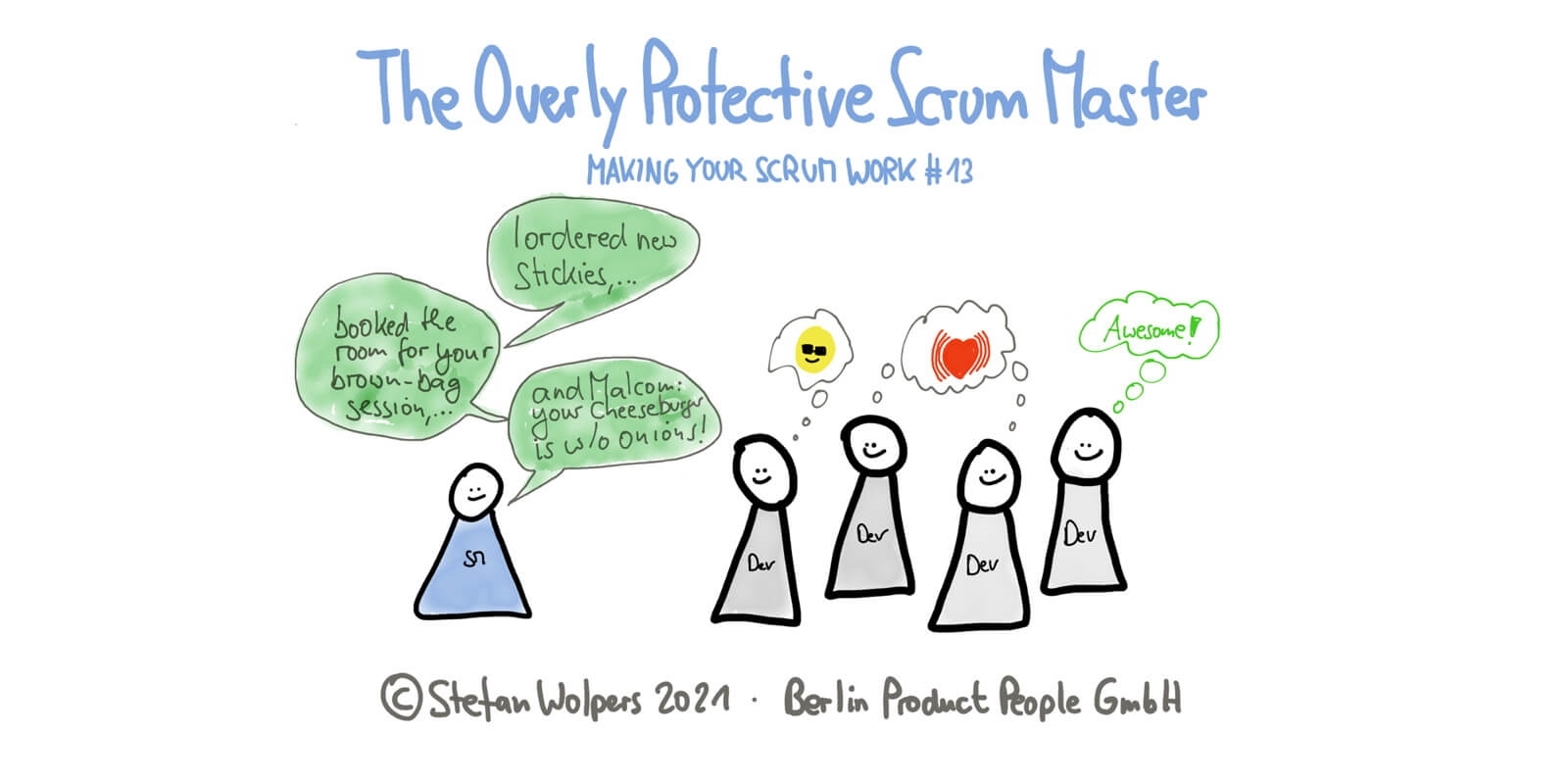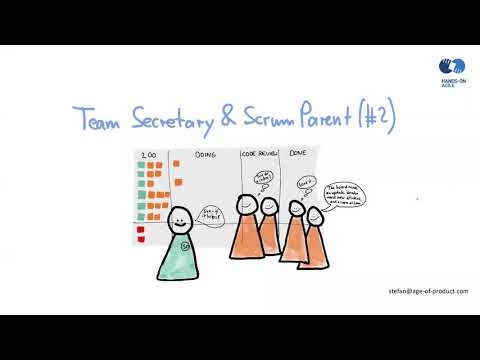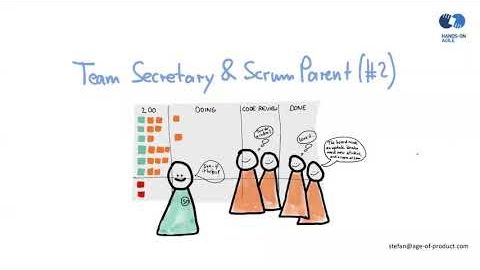TL; DR: When Scrum Masters Fail — Making Your Scrum Work #13
There are plenty of failure possibilities with Scrum. Given that Scrum is a framework with a reasonable yet short “manual,” this effect should not surprise anyone. Scrum thrives when the Scrum teams are self-managing while Scrum Masters embrace their role as servant-leaders. However, this also implies that Scrum Masters fail when they are overly protective.

The Scrum Master Job According to the Scrum Guide
There is a long of list of suggestions on how Scrum Masters serve their Scrum Teams, Product Owners, and their organizations in the Scrum Guide 2020. Let us focus on the Scrum team:
The Scrum Master serves the Scrum Team in several ways, including:
- Coaching the team members in self-management and cross-functionality;
- Helping the Scrum Team focus on creating high-value Increments that meet the Definition of Done;
- Causing the removal of impediments to the Scrum Team’s progress; and,
- Ensuring that all Scrum events take place and are positive, productive, and kept within the timebox.
Source: Scrum Guide 2020.
How Do Scrum Masters Fail by Being Overly Protective?
The problem: The overly protective Scrum Master is generally shielding the team from the cold and cruel world, creating a safe & happy agile bubble. Some manifestations are:
- They deal with all impediments personally, although practically any other team member could act, too.
- Overly protective Scrum Masters filter feedback from stakeholders, particularly any negative feedback.
- Often, they do not merely restrict access to the team, but basically shutting it off.
- They pamper the team by running errands or being the team secretary, sometimes bordering on helper syndrome.
- They also prevent the team from failure whenever possible. This even applies if failing would be easily fixable and wouldn’t be really damaging. (Remember: If you’re not failing, you’re not pushing hard enough. Empiricism is based on learning which is inevitably linked to failure.)
- Overly protective Scrum Masters do not challenge the team. They seem content once a certain level of proficiency is achieved. (What about Kaizen?)
- Maybe, they are setting boundaries, but they rarely enforcing them. They tend to tolerate damaging behavior from a team member in the (futile) hope the culprit will be insightful and improve over time.
The Solution: Stop ordering stickies or booking meeting roomy. Instead, relax and let the team evolve, experience problems, and learn how to solve them. Become a true leader. (I still like “become a servant-leader” better…)

When the Scrum Master Fails by Being Overly Protective — Conclusion
Scrum thrives when the Scrum teams are self-managing while Scrum Masters embrace their role as servant-leaders. However, “causing the removal of impediments to the Scrum Team’s progress” does not imply solving any issue on behalf of the Scrum Team. Moreover, being accountable for the team’s effectiveness does not mean shielding the team from every problem or challenge. Being overly protective is a Scrum Master anti-pattern.
Have you been overly protective in your Scrum Master career? Please share your reasons with us in the comments.
Business & Finance Articles on Business 2 Community
(8)








